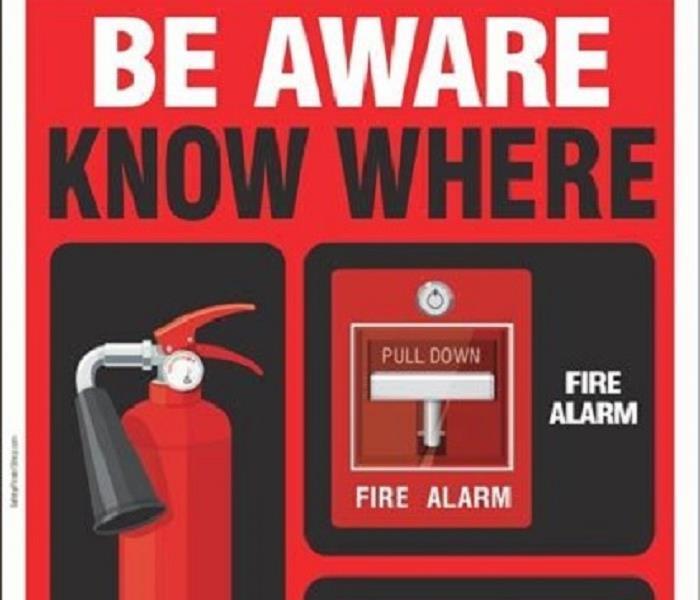Creating a Fireproof Workplace
8/26/2019 (Permalink)
Creating a Fireproof Workplace
Creating a safety plan, securing your premises, installing sprinklers and fire extinguishers, and developing and practicing an evacuation plan all lead to a safer workplace. Employers should train workers about fire hazards in the workplace and about what to do in a fire emergency. If you expect your workers to use portable fire extinguishers, you must provide hands-on training in using this equipment.. Fireproofing an office should be a top priority.
Fire can severely impact productivity, ravage inventory, and cause very costly infrastructure damage. Claims for injuries and death can lead to higher premiums, and sometimes lawsuits. The following practices can reduce fire hazards in the workplace and reduce the likelihood of claims.
- Train employees to look for signs of hazards
- Store paper and cardboard in a proper area
- Oil, grease and solvents should be stored in a fire resistant container and removed from the premises as soon as possible
- Make sure all flammable liquids have lids and are covered when not in use
- Establish a strict smoking policy and enforce it
- Train employees on fire response and have fire extinguishers in designated areas
A business that uses vehicles for delivery and hauling equipment should make sure employees are trained properly on refueling.
- Refuel in a safe area where there are no sparks or cigarette smoking allowed
- Store and transport fuel in a Department of Transportation approved container
- Refill containers on the ground and not in the back of a vehicle
- Do no refill vehicles or equipment while running
- Ground yourself before you start refueling to prevent static buildup
Using electrical cords improperly is a work place hazard. We tend to overload when trying to get everything where we want it. Remember that electrical cords that are rated for indoor use are not appropriate for outside. The cold and heat can compromise the cord. Cords should not be ran under doorways and through windows. Shutting the doors and windows can squeeze the insulating jacket and cause sparks.
Controlling a hazard at its source is the best form of protection. Every worker plays a role in fire safety. Recognize and resolve any hazards you may notice.






 24/7 Emergency Service
24/7 Emergency Service
